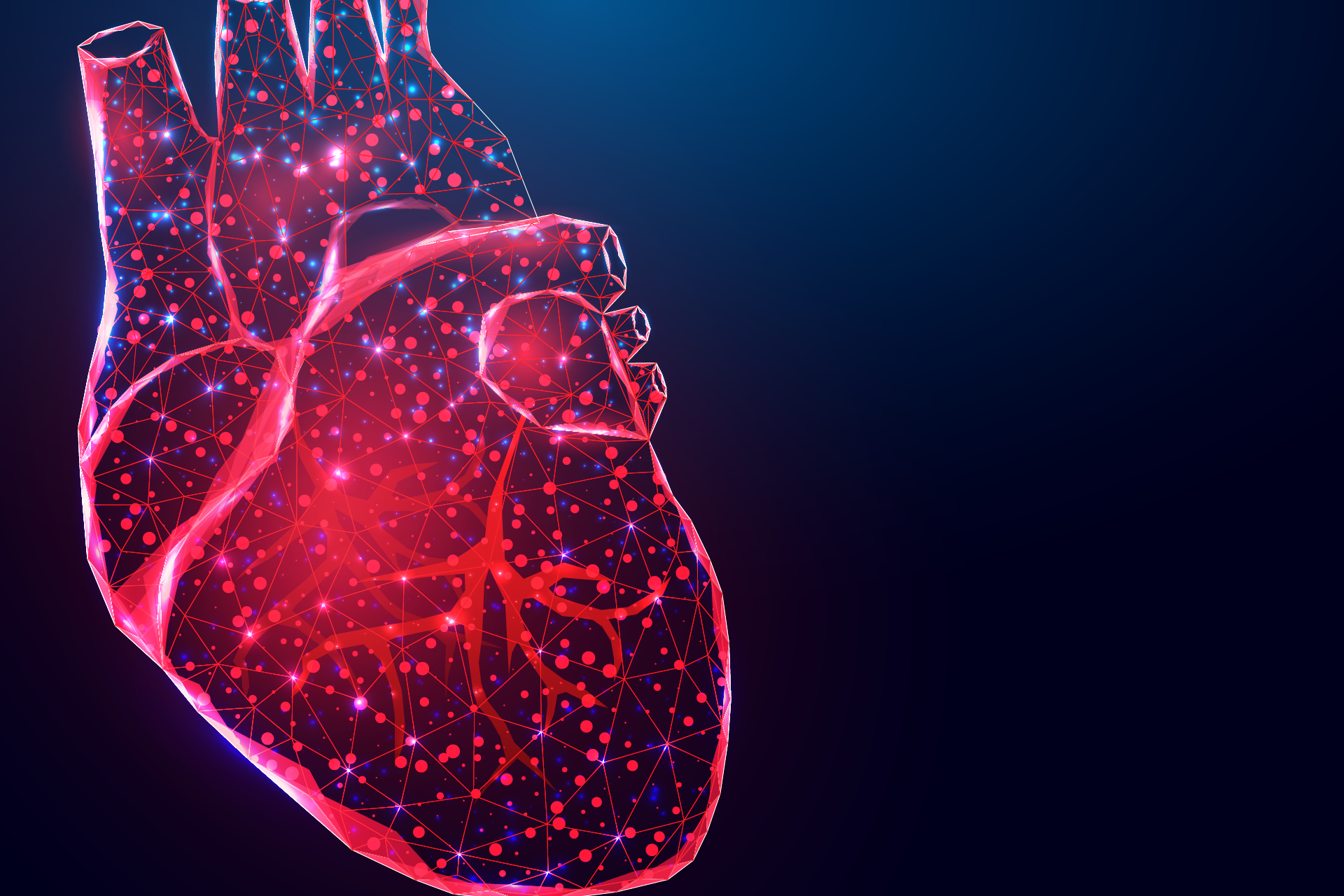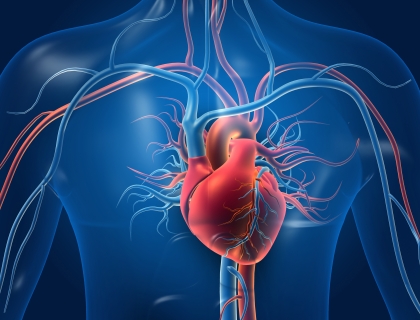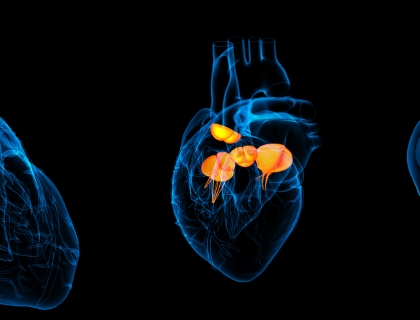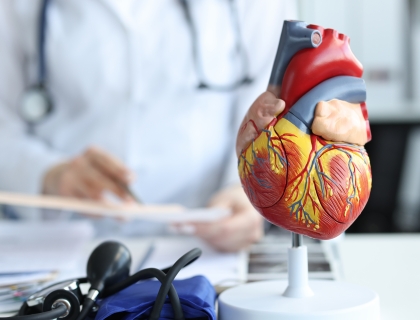
Your Heart
Most people never give much thought to their heart and arteries until something goes wrong. This is a testament to how seamlessly the heart and arteries function as part of your cardiovascular system. Every day, the heart pumps 2,000 gallons of blood through blood vessels to carry critical oxygen and nutrients to all parts of the body and remove waste products. This all takes place while you’re working, sleeping, shopping, exercising—during everything that you do.
When something does go wrong, it can be frightening. Cardiovascular disease (CVD) is serious, and it can have serious consequences for people at all stages of life. That's why it’s important to understand that everyone is at risk.
children are born with congenital heart defects each year. Many people think that CVD is an illness of the elderly, which is not true.
with a congenital heart defect have a critical CHD. Infants with critical CHDs generally need surgery or other procedures in their first year of life.

It's important for women* to learn about their cardiovascular health, as women seem to have poorer outcomes from heart disease treatment than men*.

It's important to understand how children can be affected by cardiovascular disease.
Heart health is a priority for everyone. For more information on the heart's anatomy and how it functions, check out the guides below.
Your Heart's Anatomy
*The term “women” in the context of “women’s cardiovascular health” applies to individuals assigned female at birth (AFAB) who have a female biological reproductive system, which includes a vagina, uterus, ovaries, Fallopian tubes, accessory glands, and external genital organs.
*The term “men” in the context of “cardiovascular health” applies to individuals assigned male at birth (AMAB) who have a male biological reproductive system, which includes a penis, scrotum, testes, epididymis, vas deferens, prostate, and seminal vesicles.


